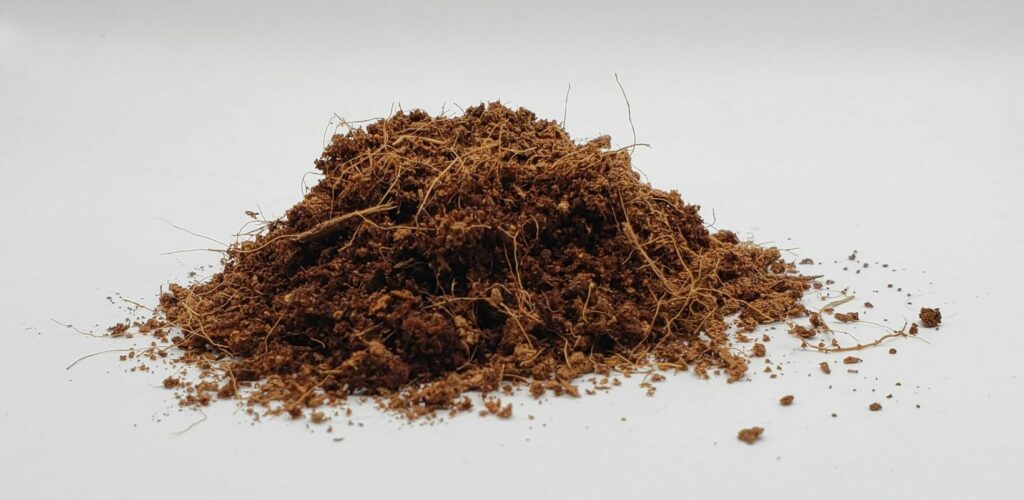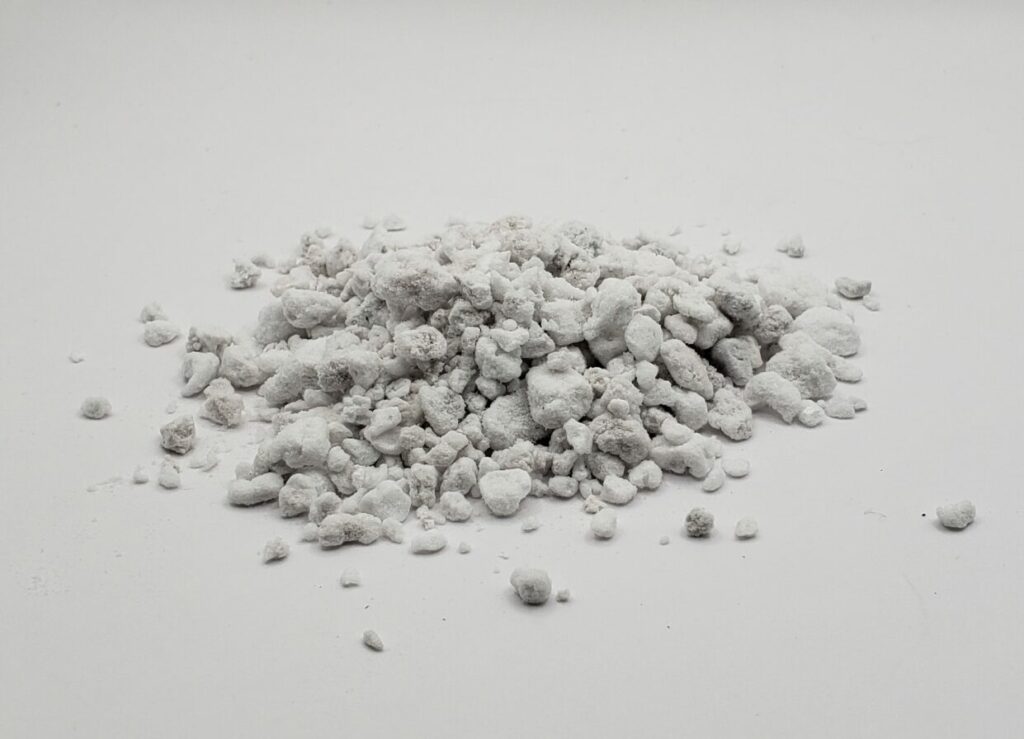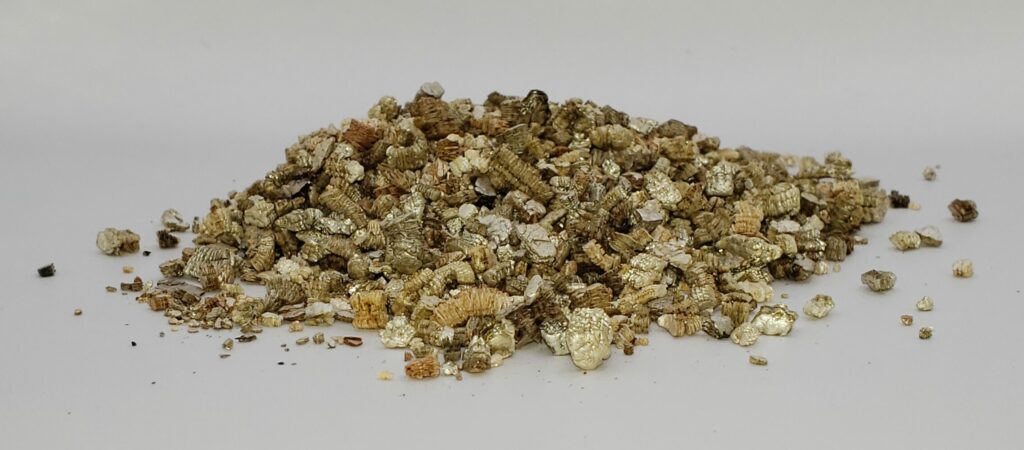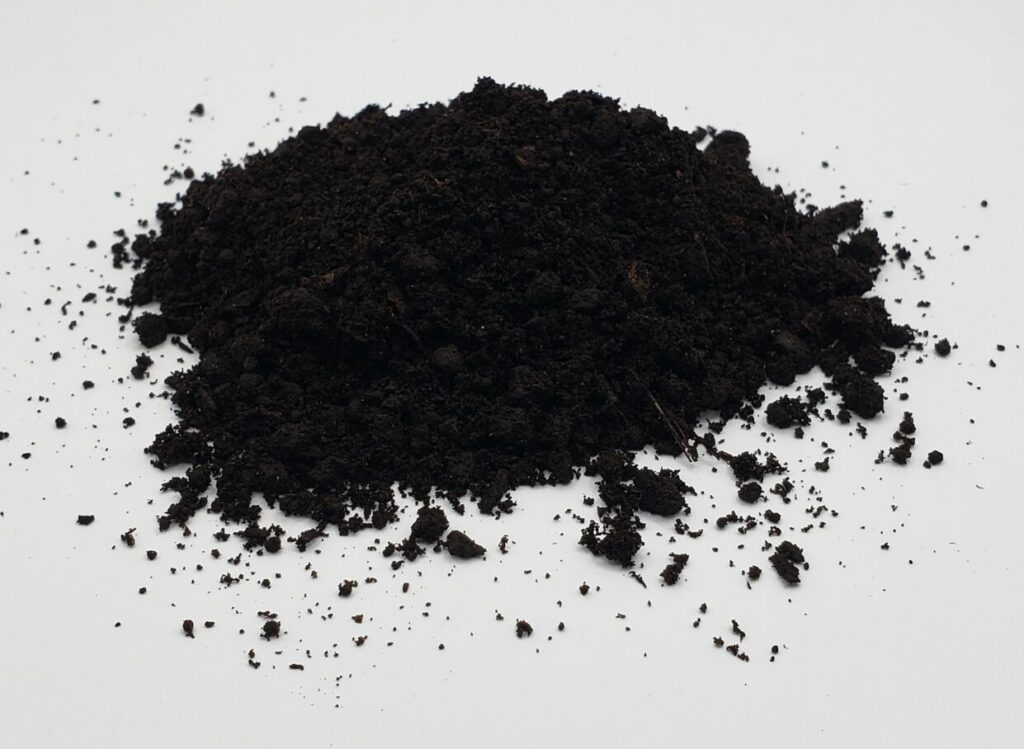The first question you might be asking when you read the title is, why peat-free? Is the seed soil I buy actually harming the planet? Or maybe, do I need to care about this at all? Let’s explore these questions in the article.
Let’s start off with, what is seed starting soil and how is it different than garden soil?
Seed starting soil is different than your basic garden soil that you add to your outdoor gardens, pots or hanging baskets because seed starting mix is actually a soilless mix. This means that there isn’t any soil, or nutrients, in the mix. The reason for this is two part. The first, is that seeds don’t need (and can’t handle) too many nutrients. All of the nutrients they need to sprout and grow those first leaves out of the seed is actually stored within the seed itself. Second, soilless blends are sterile, which is very important. Introducing bacteria or pathogens from soil can be fatal for a new seed sprout.
Our next question is, why is the seed starting mix at the garden centre bad for the environment?
Most soil blends, from Triple Mix to Seed Starting mix, contain (sphagnum) peat. Peat is used in soil blends because it improves drainage and is a great moisture retainer. The reason that it retains moisture so well is because it originates from bogs and marshes (wetlands). The problem with adding peat to our garden soil is that when peat is harvested, it releases carbon into the atmosphere. Why? Because peat bogs are a major carbon sink. Bogs make up 3-5% of the Earth’s surface, but hold more carbon than all of the forest’s on the planet combined. Now that’s a lot of carbon! When we harvest peat from these bogs, the carbon that was stored in them is being released into the atmosphere, contributing to warming temperatures.
Canada is one of the major producers of peat, so the extraction of peat (and carbon) hits close to home, literally.
Peat is created when plants die. The plant matter slowly breaks down and settles into 3 different layers. The bottom layer is the oldest, and most decomposed, while the top layer is living moss. 1 These peat bogs can be metres deep, and take hundreds of years to create. Peat is extracted at depths, and speeds, greater than it can regenerate, which means it is a non-renewable resource. Some companies will claim they are replanting the bogs, and therefore it is regenerating, however due to the length of time it takes to regenerate to the level it was at the time of its first extraction, this cannot hold true. There is evidence to suggest that it takes 30 to 40 years after a bog has been replanted for it to stop releasing carbon.1
Lastly, peatlands are ecosystems for insect and animal life. Extraction destroys these habitats, and due to their slow restoration rate, these habitats won’t come back for a long time.
Finally, you may ask yourself, why should I care?
Beyond the fact that you need clean air, temperate weather and clean water to live, gardeners are stewards of the land. Our hobby IS nature. We can’t grow plastic plants, and eat plastic food. We rely on nature and the environment in order to grow our favourite food and flowers. As global temperatures rise, we are starting to see more “100 year storms”. Each growing season has been met with wildfires, extreme heat or cold, droughts, floods and extreme winds. As gardeners, it is important that we do our part in the fight against climate change, and that can start with going peat-free in your garden.
What can we do?
Make our own seed starting soil!
Not only is seed starting mix incredibly hard to find with no peat in it (at the time of this writing), but we start our seeds much earlier than the garden centres start selling soil. If you plan to start early seeds such as pansies, lavender or other plants that require a lot of time, you may also run into this issue.
This recipe requires only a few ingredients to make and is super quick and affordable (from a bulk perspective).
Get more gardening advice right to your inbox
Let’s discuss the ingredients needed:
Coco Coir

This is the ingredient that replaces peat. Coco coir is made from the husks of coconuts and is a by-product of the coconut industry. There have been discussions about coco coir and if it is a sustainable alternative to peat due to the processing required to clean the husks, as well as the distance it has to be shipped to Canada. However, we believe that due to it being a by-product of the coconut industry it is beneficial as it helps reduce waste. Additionally, if done sustainably, coconuts are a renewable resource. We are aware that the world is a complicated place, and monoculture is not sustainable, so this is a product that should be watched as the industry develops over the next few years.
Coco coir’s use in the seed mix is important. It is the main ingredient in this recipe, and is used because it is excellent at holding moisture, it does not contain nutrients and allows seed roots to easily grow. Here are a couple of our favourite brands to use: Canna Coir from Indoor Farmer and PlantBest (we always find it at Home Hardware).
Perlite

Perlite is in nearly all soil bag mixes that you have bought, other than pure manure or black earth. Those small, white balls that you see in your potting soil mixes is perlite. Perlite comes from a volcanic glass called obsidian. When this volcanic glass hydrates it creates perlite.2 However, it doesn’t look like the perlite we know until it gets heated to extremely high temperatures, where it expands, similar to popcorn. Perlite is not a renewable resource, however at the time of this writing, we have not mined the vast majority of the known stores.
Perlite’s use in soil mix is to reduce soil compaction, and to hold oxygen in the soil. Perlite is super easy to find online and in stores, and doesn’t cost a lot. We recommend looking online at prices to find the best available pricing. We bought ours online in bulk, however Miracle-Gro sells a reasonable sized and priced bag which can be found at Amazon, Home Hardware, Home Depot and most other stores with seasonal items.
Vermiculite

Vermiculite is another mineral that is mined from the earth. It is made up of magnesium, aluminum, iron and silicate. It has a neutral PH and is sterile. Due to it’s water retention abilities, some seeds benefit from being surface sown, with a layer of vermiculite over top to help retain moisture while they germinate.
Vermiculite’s use is to help attract nutrients in the soil, and it holds up to 4 times its weight in water, making it great for water retention. Vermiculite is more expensive than perlite, but it makes a great addition to a seed starting blend. Pro-mix sells vermiculite through Indoor Farmer or you can find it on Amazon as well.
Compost/Worm Castings/Manure

Compost, worm castings or manure is a small, but important part of the soil blend. Depending on what you have access to, you can choose which of these you wish to include in your blend. If you compost at home or the city provides free compost, it is a perfect option. If you have a worm bin at home, or wish to avoid using manure, this is a great choice. You can also use manure. Just ensure that you are using a good quality product to avoid introducing pathogens or bacteria into your soil.
The compost/castings/manure is used to provide a small amount of nutrients to help your seedlings grow once they have germinated. This helps support the plants growth in the beginning stages before you pot them up into new pots with potting/garden soil, where the nutrient levels are higher. We always look for compost from the municipality, worm castings from a local producer or manure from a local producer. If you don’t compost, or have access to any of these, we recommend the Pure Life Worm Castings from Home Hardware or Indoor Farmer.
The Recipe
We’ve finally made it to the recipe part! Now that you understand the role of each ingredient, we can put them together to make a high quality, sustainable seed starting mix. You will need a large bin to make this in. A storage bin is a great choice as you can make a large batch, put the lid on it and store it when you don’t need it.
This recipe makes 17 cups of soil
Join our newsletter to stay up to date with the latest gardening advice
Peat-Free Seed Starting Soil Recipe
Ingredients
8 cups of coco coir
4 cups of vermiculite
4 cups of perlite
1 cup of compost, worm castings or manure
Directions
- If the coco coir is in a block, soak in water to expand and loosen into flakes/fibres
- Measure and mix all ingredients together in a large bin
- Use this soil the same way as you would a store bought seed starting mix
If you want to continue learning more, check out our other articles:
- 8 Easy to Grow Seeds for the Beginner Gardener
- How to Pick The Best Plants for Your Garden
- Avoid These 8 Mistakes When Starting from Seed









